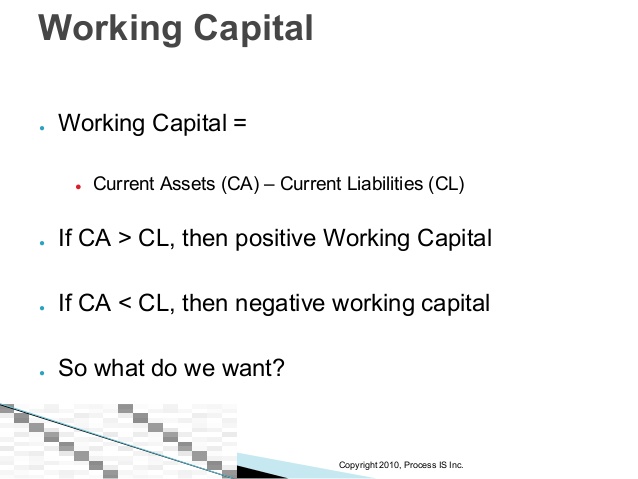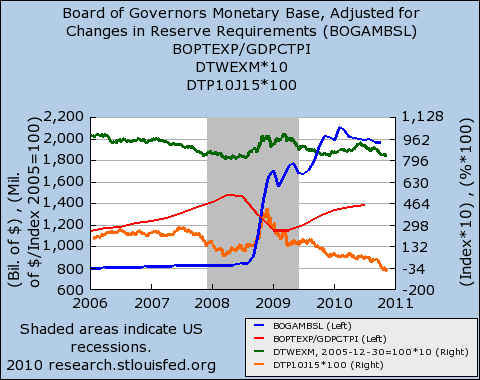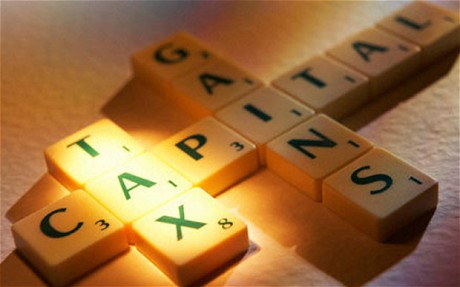Contents:


Figuring out how to pay yourself as a business owner can be complicated. Here are a few other things you’ll want to keep in mind when deciding between a salary and a draw. An owner’s draw reduces a business’s equity, which reduces the funds available for future business spending. It’s important to understand your equity, because if you choose to take a draw, your total draw can’t exceed your total owner’s equity. When determining how to pay yourself as a business owner, you’ll need to consider a salary vs. draw. You might not have to directly repay the $5,000 as long as the business is doing well.
However, you need to understand your amount of equity as an owner or member before taking a draw. Online payroll services will help you keep your payroll tax documents organized. Choosing the right provider, one that supplies expert support, will be key in assisting with any tax confusion or compliance issues. While it’s possible to adjust your salary to give yourself some more wiggle room,, figuring out how much to pay yourself can be challenging. You’ll also have a better understanding of how much compensation you’re realistically able to take out of your business.
When a business is profitable, an S corporation owner can earn dividend distributions. It’s best to create a new equity account that you can use just for your owner’s draws. Owner’s draws are ideal for business owners who put in more than 40 hours a week or have significantly different profits from month to month. Plus, if you are the sole proprietor, taking a draw is the only way to provide yourself with an income from your business. If you pay yourself a salary, like any other employee, all federal, state, Social Security, and Medicare taxes will be automatically taken out of your paycheck. Because your company is paying half of your Social Security and Medicare taxes, you’ll only pay 7.65% ‒ half what you’ll pay if you take an owner’s draw.
S Corp Owners Tax Basis
Keep reading to learn more about the differences between a salary and an owner’s draw, and to figure out which method is best for you and your business. Yet another IRS website page dedicated to the topic suggests that public libraries may have reference sources that outline the average compensation paid for various types of services. You can also easily conduct research online for such salary or pay guidance, using platforms such as Glassdoor, Payscale, and Salary.com. Bureau of Labor and Statistics website maintains a database of salaries by occupation and industry that can be a helpful guide. After you settle on the best approach to paying yourself, the lingering question to answer is what exactly constitutes “reasonable compensation” in the IRS’ eyes? After all, the guidance from the government tax authority is that the pay should be reasonable.
- A shareholder needs to make sure they have basis before they accept income or loss from a K-1 on their tax return.
- Owners/shareholders of C corporations do not take draws from the business.
- Once this salary level is set, it must be paid consistently with the appropriate amount of taxes withheld on both the employee and the business side.
- The decision to use the draw, dividends or salary method will also depend on the tax implications.
- You, like any employees that you have, get paid a set amount of money for each pay period.
Therefore, taking an owner’s draw instead of a salary can reduce the amount of taxable income for the business. A salary is subject to payroll taxes, which can increase the overall tax liabilities of the business owner. An owner’s draw is usually not subject to payroll taxes, which can result in lower overall tax liabilities for the business owner.
S Corporation
Guaranteed payments are not taxed as income, and no payroll taxes are withheld from your company. The payments are tax deductible as a business expense, unlike owner’s draws. Like salaries, guaranteed payments also lower your business’s net income. An owner’s salary, on the other hand, is considered compensation for services provided to the business.

It is possible for a member to bookkeeping enough to reduce their Basis to zero or even negative. For the purposes of this article, suffice it to say that is to be avoided. Taxes get much more complicated, and it is often easier to simply consider it a loan instead of a draw. Your accountant can assist you with determining your Basis, which we would recommend keeping track of. You pay yourself from your single member LLC by making an owner’s draw. Your single-member LLC is a “disregarded entity.” In this case, that means your company’s profits and your own income are one and the same.
How to Determine How Much to Pay Yourself as a Business Owner
Instead, shareholders can take both a salary and a dividend distribution. While there are other ways business owners pay themselves, an owner’s draw and taking a salary are the two most common. When a business owner pays themself a set wage from the business every pay period, they take out a salary. A salary is a regular event that pays out taxed, W-2 income to the owner.
Report: Packers are still holding out for a 2024 first-round pick for Aaron Rodgers – NBC Sports
Report: Packers are still holding out for a 2024 first-round pick for Aaron Rodgers.
Posted: Thu, 13 Apr 2023 14:22:00 GMT [source]
For example, if you operate as a https://1investing.in/ proprietorship or partnership, you may be able to take an owner’s draw, but if you operate as a corporation, you may need to take a salary. However, it is important to understand the difference between an owner’s draw and salary when it comes to paying yourself. In this guide, we’ll discuss how each payment type works and the advantages and disadvantages that come with them. Knowing exactly what’s involved will help make sure you have secure financial footing both now and down the road. Much like an S-corp, C-corp business owners who are actively involved in the business must be paid reasonable compensation.
This means that individuals are not liable in the case of losses or lawsuits—the company, however, is. Under a partnership, you may have one or more people that you share business profits with. You receive money based on your share in the company and any prior partnership agreements.
Benefits of Total Compensation Statements and Template
As your business grows, you can also draw your 50% of the profits. The owner can lower the amount of equity by making withdrawals. The withdrawals are considered capital gains, and the owner must pay capital gains tax depending on the amount withdrawn. A negative owner’s equity occurs when the value of liabilities exceeds the value of assets.

An accountant can walk you through the requirements and tax advantages of your business structure. Owners of some LLCs, partnerships and sole proprietorships can take an owner’s draw. However, corporation owners can use salaries and dividend distributions to pay themselves. In an S corp, the owner’s salary is considered a business expense, just like paying any other employee. Any net profit that’s not used to pay owner salaries or taken out in a draw is taxed at the corporate tax rate, which is usually lower than the personal income tax rate. The best way to pay yourself depends on the type of business you operate and its cash flow, as well as your own personal financial needs.
If the company pays for a computer at the discounted price and gives it to your family, that would also be a form of a draw or compensation. Record the withdrawal in your business books as an owner’s draw, thus reducing your business equity balance. The IRS even requires owners of S-corps and C-corps who are involved with running the business to take salaries, which must include “reasonable” levels of compensation. Taxes are withheld from salary payments but not from an owner’s draw.
You don’t pay yourself a set amount because the money can be used at your discretion, and rise and fall depending upon the company’s financial status. Do you take what you need from the company, or take a salary like the rest of your employees? Each option has different pros and cons that can affect your financial health. C Corporations, for your payment method, consider a salary or dividend, also known as a draw. If you don’t budget for it, you risk being hit with a big tax bill, and you may not have the cash on hand to pay.
This means tracking income and expenses will be simpler and any bonuses in the good months will be taxed. Cash flow can also take a hit if the business has a down month, adding the pressure of ensuring your revenue is enough to cover your and your employees’ checks. Many small business owners do this rather than pay themselves a regular salary. You may not pay yourself in the beginning, but ideally, your compensation should be part of your business plan.
- Sole proprietors, partners, and owners of LLCs are free to pay themselves as they wish.
- For example, say your company gets a bulk discount when it buys computers.
- Whichever option you choose, keep in mind both your business’ short- and long-term expenses.
- Your specific business structure, whether it’s a sole proprietorship, a partnership, LLC, an S-corp or a C-corp, dictates whether you can take a salary and/or an owner’s draw.
That’s because paying yourself a salary isn’t a deductible expense for tax purposes when you’re a sole proprietor. On the business side, paying yourself a straight salary makes it easier to keep track of your business capital. Instead of taking from the business account every time you need some money, you know exactly how much company money is being paid to you every month. If you need help choosing the best business structure for your startup, get in touch with us at Hopler, Wilms, and Hanna. We help you make sense of how to pay yourself, with an owner’s draw or a salary. We stay on top of the legal landscape in North Carolina so that you don’t have to.
Keep in mind that Patty also needs to have enough equity to take distributions. Do you want to account for income tax yourself or have it already taken out? If you elect to take a draw, you will need to set aside money yourself to pay self-employment tax.

You can adjust your wages based on the success of your business; a high-profit quarter would give you more owner’s equity and, therefore, a larger owner’s draw. You can also take an owner’s draw as often as you want, as long as you have enough in your owner’s equity account. A partnership is a pass-through entity so all income, gains, losses, credits, and deductions flow through the business entity to the actual partner. Unlike corporations, partners pay tax on the partnership earnings regardless of whether they were distributed or retained in the business. A salary, on the other hand, is a set, recurring payment that you’ll receive every pay period that includes payroll tax withholdings.

